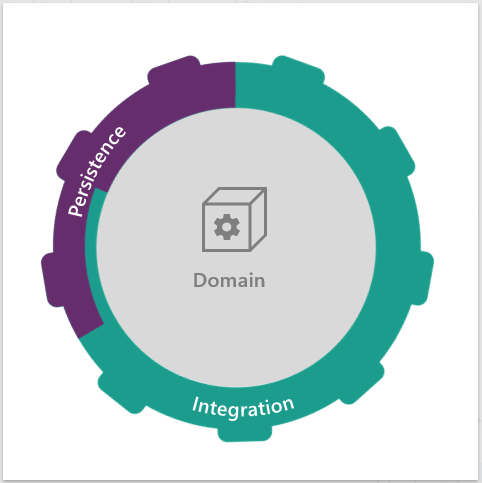Architectural approach
MODL is a platform for efficiently developing and maintaining enterprise applications. It is all about pattern-based design thinking with a very strong focus on integration. It allows you to capture business logic using modern object-oriented designs independent of their data sources. Once the business logic is appropriately modeled in the system, it can be easily mapped to data sources and exposed to a wide variety of client platforms. It can also be integrated into the rest of the organization using modern or legacy integration interfaces.
Business Model

First we model the concepts, relationships, business processes, and business rules without regard to where the data is or how it will be used.
Integration

We then connect the model with the outside world. The integration layer uses a simple Send/Receive interface. It provides access to the model over direct access RESTful Model Services, contract-based SOA services, and through any protocol or wire-format with custom Integration Services. This layer also has powerful synchronization capabilities built-in.
Persistence

The persistence layer connects the model to physical storage using CRUD. It supports relational databases, file systems, and service persistence. The details of how persistence and integration connect to resources in a particular environment are deferred to environment files at deploy-time.
Presentation

The UX/presentation layer provides flexible ways of presenting the application to end-users. It supports declarative portlets, custom UI, and headless development. It is supported by various platform services, including the Portal Service for flexible, yet pattern-based and efficient UX development. This layer provides full mobile and responsive capabilities.
Other
Additionally, the approach supports global scripting libraries, Java libraries, internationalization, security, and more.
